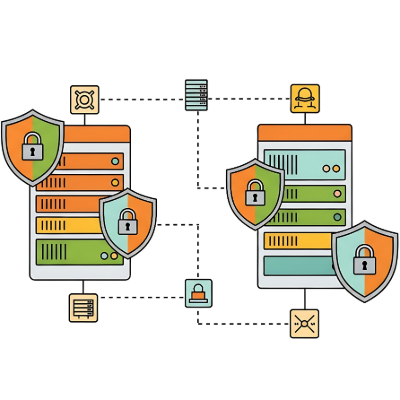How many devices around you are connected to the Internet? While connected technologies inject convenience into our lives, it comes at a cost: security. Let’s discuss how the rise of connected devices, collectively known as the Internet of Things, has taken a toll on network security and what you need to know about it to protect your business.
It can be too easy for anyone’s work desktop to become cluttered and filled with applications and windows, leading to a mess that gets in the way whenever one tries to accomplish anything. Chances are, you know exactly what I’m talking about. Wouldn’t it be great if there were a quick and easy way to clean up the desktop and just focus on the window you need to focus on? If you agree, I have some good news.
VMware costs are soaring, and small and mid-sized businesses (SMBs) are feeling the pressure. Following Broadcom’s acquisition of VMware, a wave of licensing changes is forcing many longtime users to reevaluate their infrastructure strategy.
Artificial intelligence has consumed the zeitgeist and isn’t letting go anytime soon. Businesses can leverage this trend in technology to great effect, provided they can get over how intimidating some of the more complicated use cases of AI can be. That said, there are plenty of easy ways to leverage AI, even for small and medium-sized businesses.
Unfortunately, most people can relate to the feeling when you’re busy, but you really aren’t getting anything meaningful accomplished. Imagine a workplace where being busy actually means brilliantly productive. If that is the sweet spot you’re looking for, this blog is for you.






